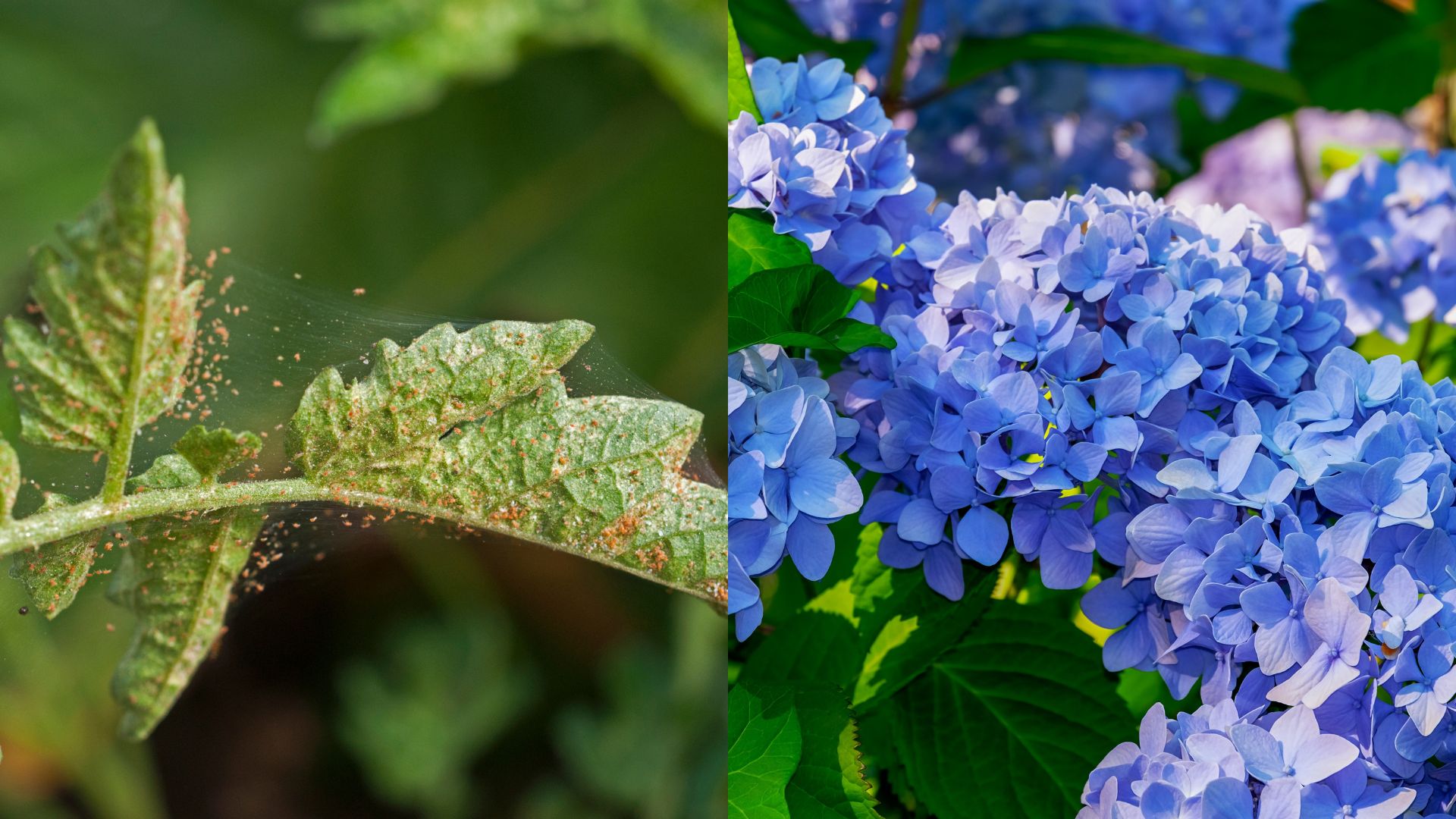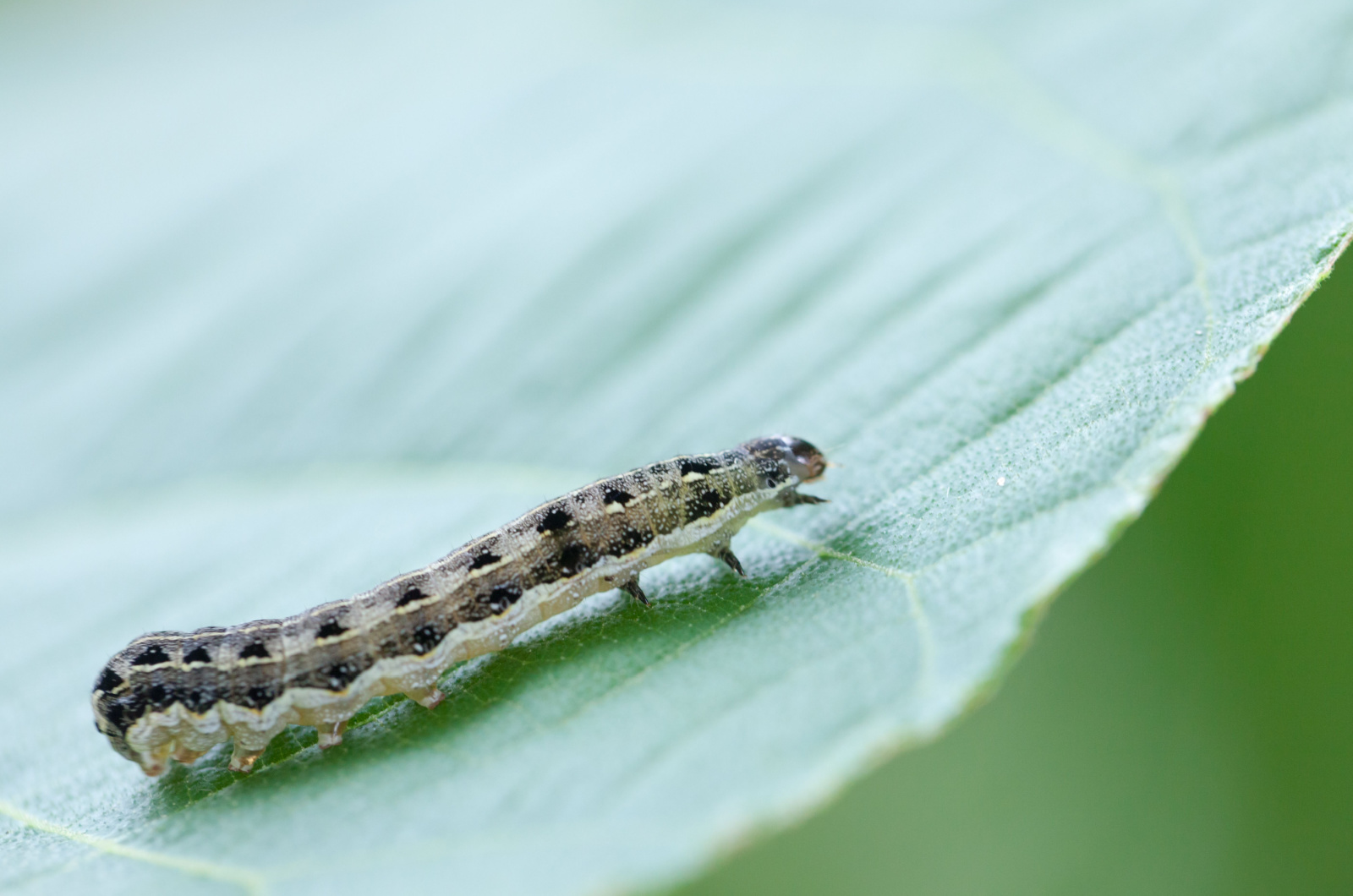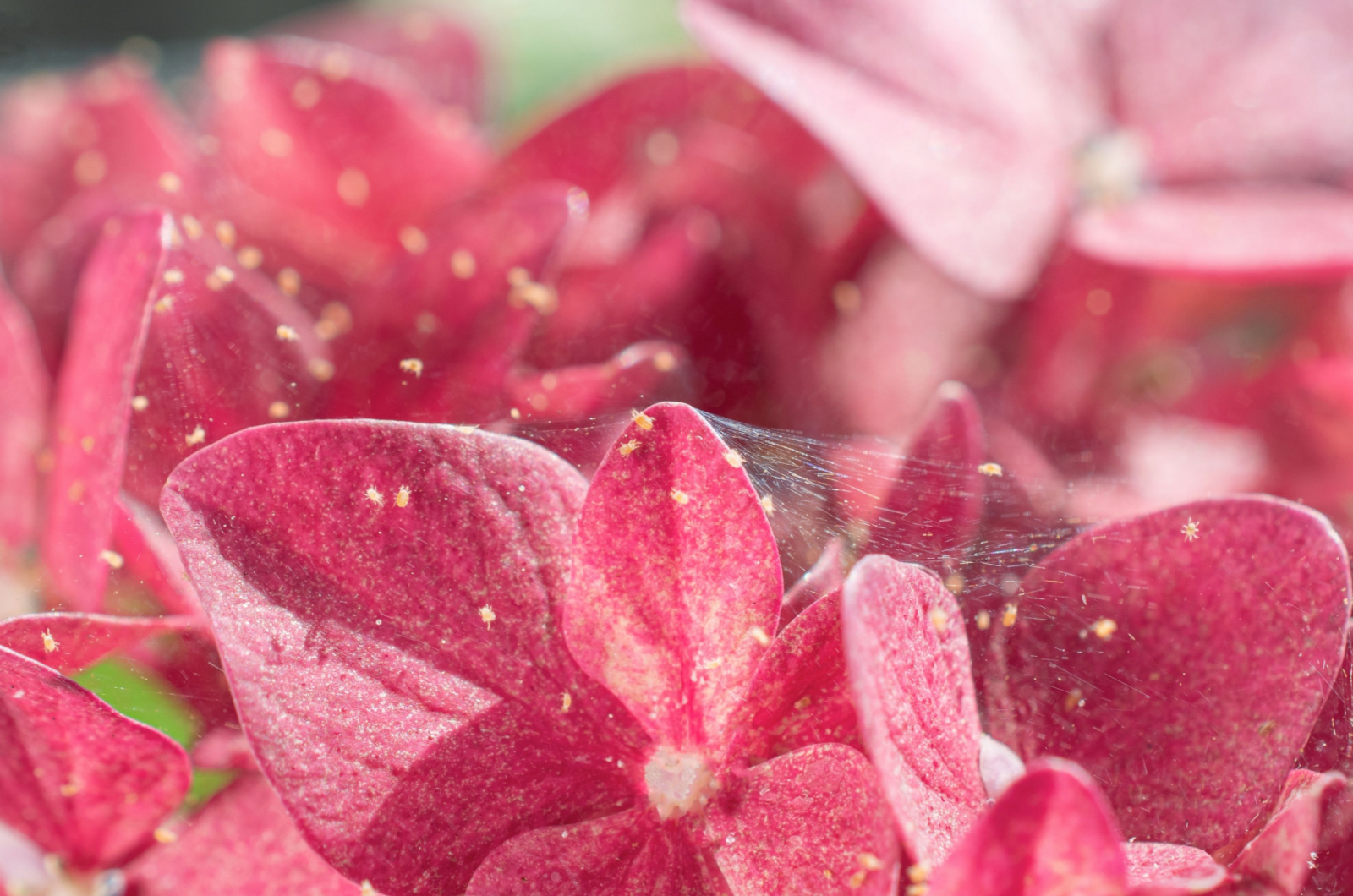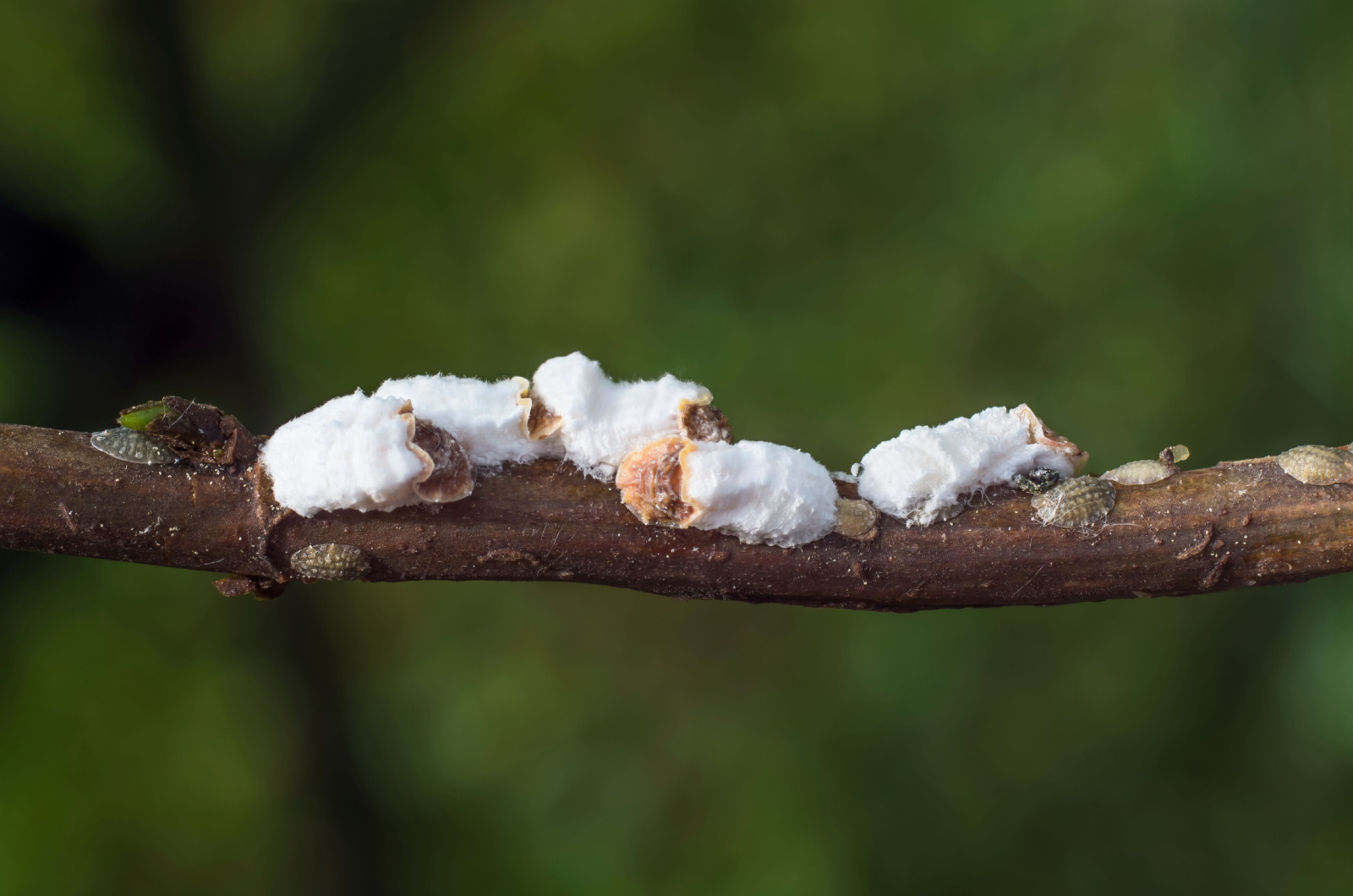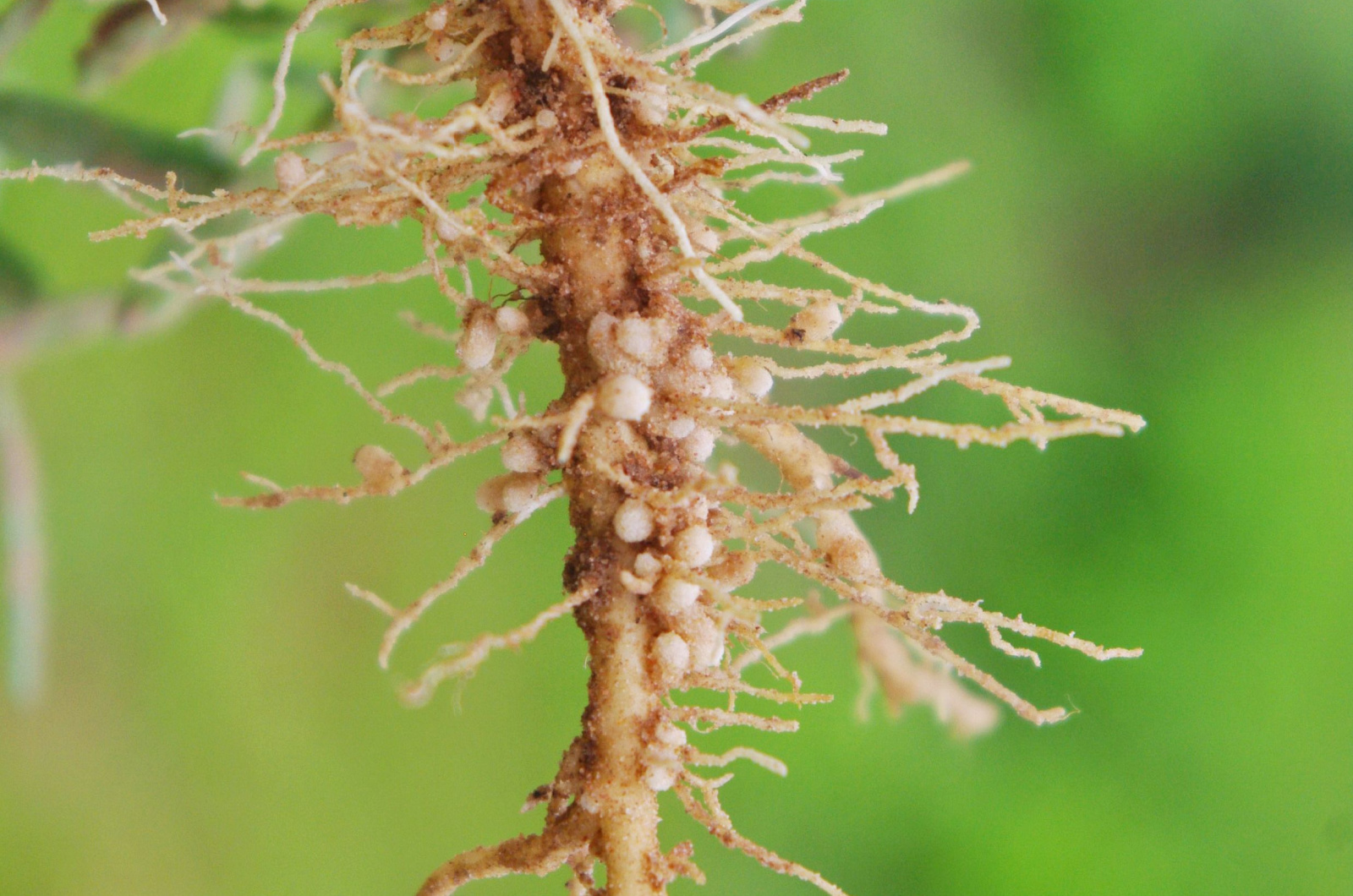Hydrangeas produce lush, colorful blooms that catch everyone’s attention. In some cases, they may receive unwanted attention from pesky critters that like munching on their leaves and flowers.
Once these intruders get in, all you have left is wilting and half-eaten hydrangeas with no blooms!
Dealing with pests can be frustrating, especially if the infestation is severe. Luckily, there’s always a chance to save your plant and nurture it back to health.
In this article, we will talk about these destructive garden intruders and the steps you can take to protect your hydrangeas from their grasp. Let’s get started!
1. Cutworms
Their name is self-explanatory – cutworms are pests that can cut the entire plant at its base. These pests are not worms but caterpillars that feed on the tender stems of young hydrangeas, causing significant damage.
If you spot any nubs of stems poking from the ground, then cutworms are usually to blame. You can inspect your plant in the evening – they will usually curl up on the soil next to your hydrangea. With these critters, it’s important to act quickly.
Start by hand-picking cutworms and adding some fresh, dry soil around the plant. You can add a physical barrier like a cardboard collar around the plant stems to prevent cutworm access.
I would recommend you get rid of weeds from your garden because they use them as a food source. Till your soil before any future planting if you were dealing with a cutworm infestation.
2. Deer
Deer are magnificent animals that like to feed on magnificent plants such as hydrangeas. These critters are particularly fond of hydrangea leaves, flowers, and flower buds. To deter deer, you can use deer resistant plants around your hydrangeas or employ protective fencing.
Some gardeners even use deer repellant spray or Irish Spring soap, although I tend to stay away from adding any chemicals to my garden.
While none of the hydrangea varieties are considered deer resistant, there are still some that deer avoid, such as climbing hydrangeas varieties, because their leaves are too high to reach!
You might also find this useful: 15 Low-Maintenance Hydrangeas That Are Nearly Impossible To Kill
3. Spider Mites
Spider mites are like tiny spiders that suck on hydrangea’s delicious juices from the undersides of the leaves. They create tiny webbing all over the plant as they settle deeper in the bush.
Although at first the damage might not seem too severe, prolonged infestation can cause wilting and leaf fall. Luckily, getting rid of spider mites is not so complicated as long as you do it quickly!
Start by hosing the plant because a powerful stream of water can knock out these bugs and destroy their webs. In case you are dealing with a severe spider mite infestation, consider applying insecticidal soap or introducing predatory insects.
Don’t forget to water your hydrangeas because spider mites usually tend to infest those that are growing in dry environments.
Also check: Keep Spider Mites Off Your Houseplants With This Secret Ingredient
4. Aphids
Ahh, aphids… the nightmare of every gardener out there!
It’s hard to imagine that these barely visible pests can do so much damage to our gardens, but it’s unfortunately true. These tiny, sap-sucking bugs have sharp mouths that enable them to prick the leaves and stems.
They can literally suck the life out of your plant because the plant starts wilting, yellowing, and dying as a result of aphids. They usually feed in a group and have different colors, including green, red, gray, yellow, black, and green.
The best way to prevent aphids is by keeping your hydrangea in top-notch health. However, if you notice that there are aphids crawling over the plant, start by removing the infected parts.
Then, you can introduce some predatory insects like ladybugs or use epsom salt to get rid of aphids. Some gardeners also add a few drops of essential oil (thyme, peppermint, or rosemary) to urge them to seek another place to feed.
5. Scale
Scale insects are small, immobile pests that attach themselves to hydrangea branches and feed on plant sap. They can cause weakened or disfigured growth, which is why you might think that you are dealing with a plant disease instead of pest infestation.
But if you look closer, you’ll notice tiny bumps all over the leaves and stems – these are scales that move in clusters. Once you’ve determined that you are dealing with a scale infestation, it’s important to treat it accordingly.
Start by pruning affected branches first. Burn the clippings or put them in a bag to prevent future scale infestations. Now, you can either apply horticultural oil or rubbing alcohol in areas with pests.
You should dilute rubbing alcohol with water first (1:7 ratio). Keep treating your hydrangeas until there aren’t any bumps on the leaves and stems.
If you own a Jade plant, you might find this useful: Scale On Jade Plant: How To Solve The Issue
6. Slugs
Slugs are nocturnal pests that feed on hydrangea leaves, leaving behind large holes and slime trails. If you have a young hydrangea plant, these slippery pests can eat your entire plant in no time!
They thrive in cool and damp weather, so you should pay close attention to them if you live in a region with this type of climate.
To get rid of slugs, start by picking them by hand (don’t forget to put on gloves!). You can either use slug traps or apply diatomaceous earth to protect your hydrangeas from these slimy intruders.
The secret ingredient to keeping slugs off your plants is aluminum foil – simply use the foil to create a physical barrier between the plants and these crawling pests. If you don’t want to put anything in your garden, then consider introducing some predators like ducks, toads, or ground beetles.
7. Root Knot Nematodes
We’ve saved the trickiest for last!
As the name suggests, root knot nematodes are types of bad worms in the soil that damage the roots of your plants. Chewed roots can’t absorb water and nutrients, which ultimately leads to stunted growth and wilting.
First of all, you should make sure that your soil is not contaminated before planting hydrangeas. If you notice any signs of infestation, remove the plant immediately and plow the soil.
You should plow it several times throughout the winter so that the nematodes and their eggs are forced to come to the surface, where the sun and wind will dry them. Plant your hydrangea the next year and make sure that the soil is rich in compost.
You can also add some nematode suppressive plants like marigolds or mums around your flowering bushes – these plants release specific compounds into the soil that impede nematodes’ ability to develop and procreate.
Also read: 3 Main Reasons Your Hydrangea Leaves Are Turning Yellow

